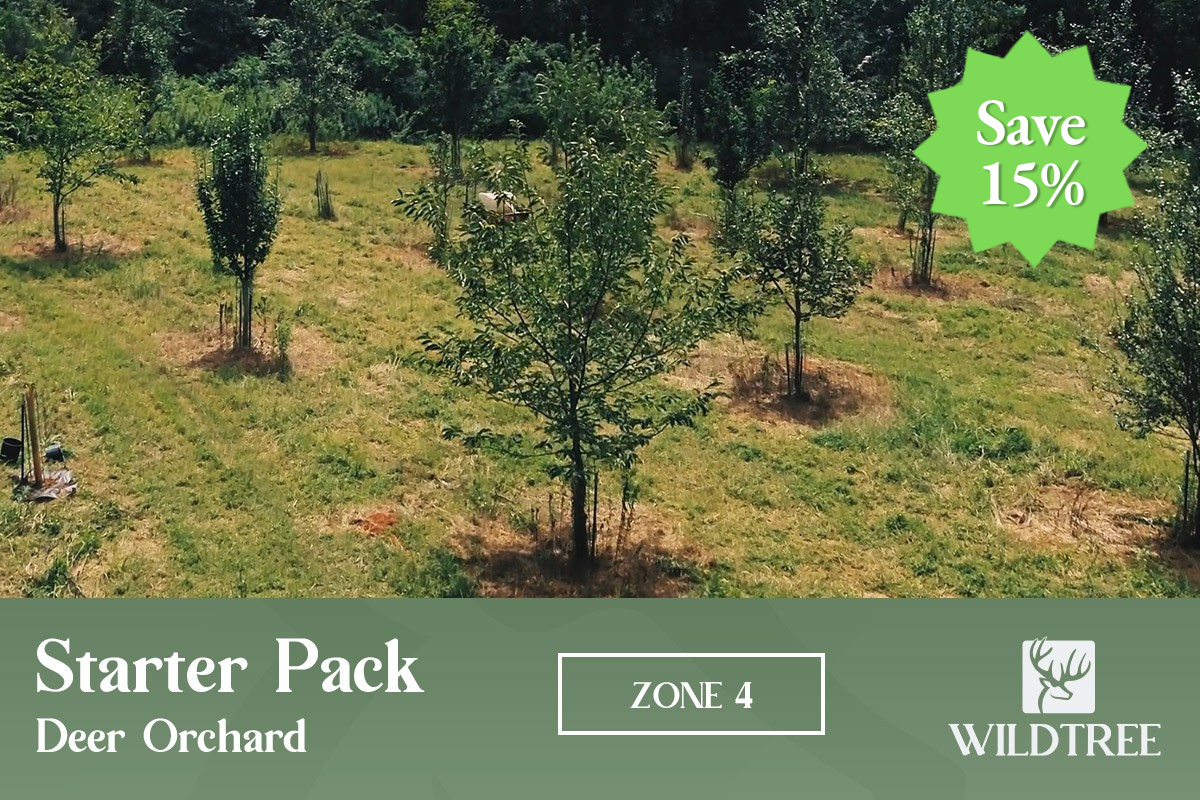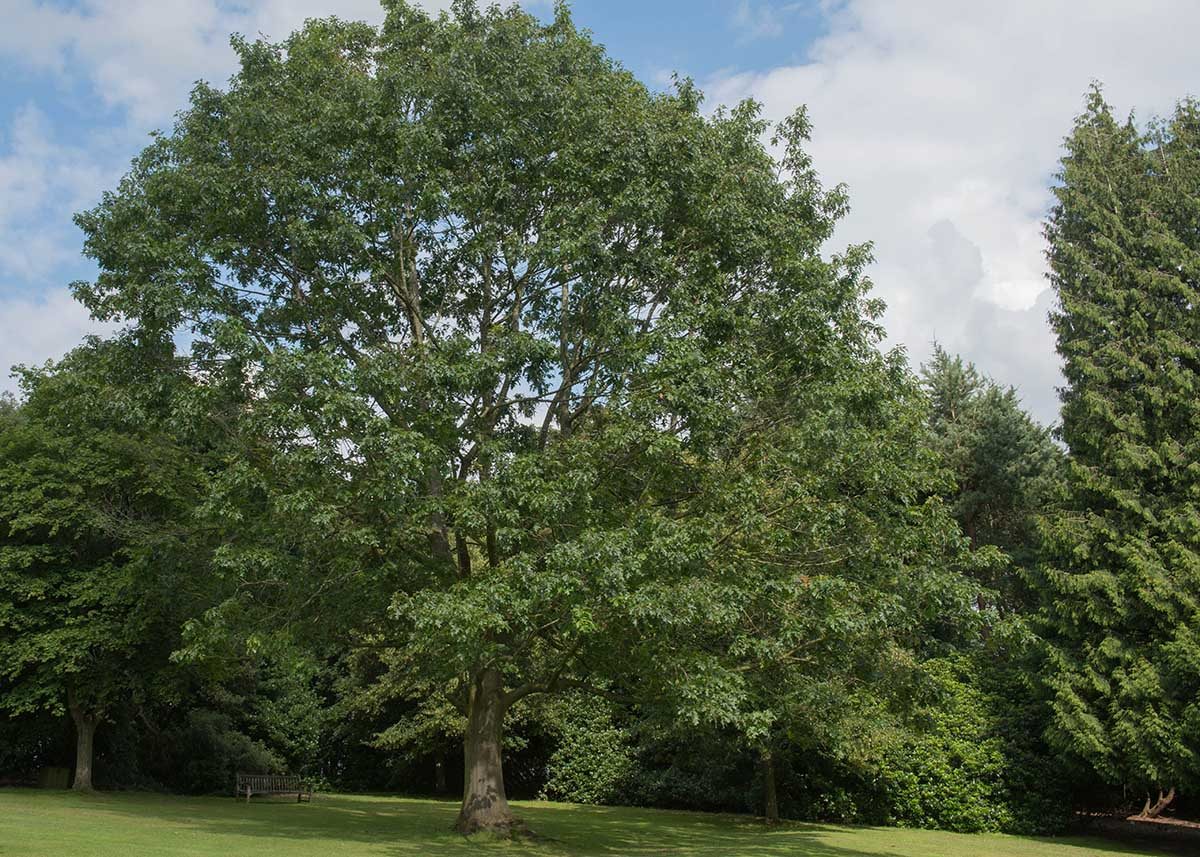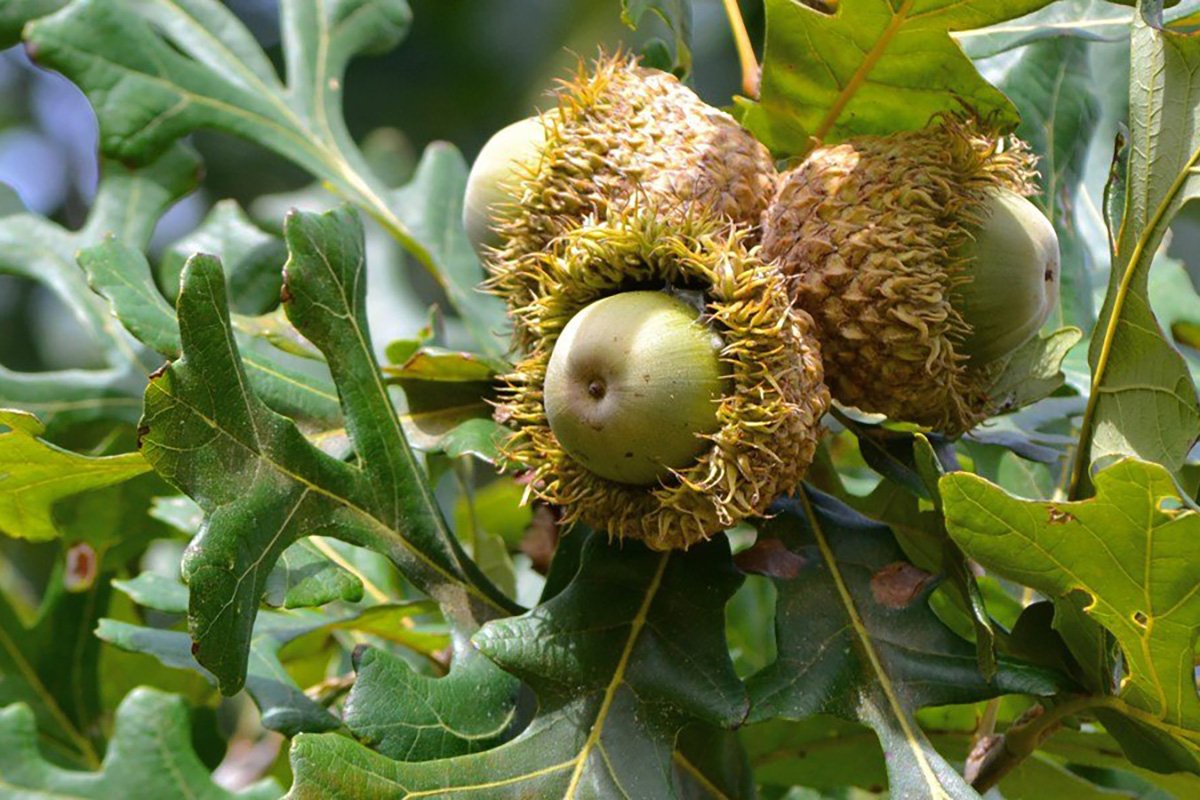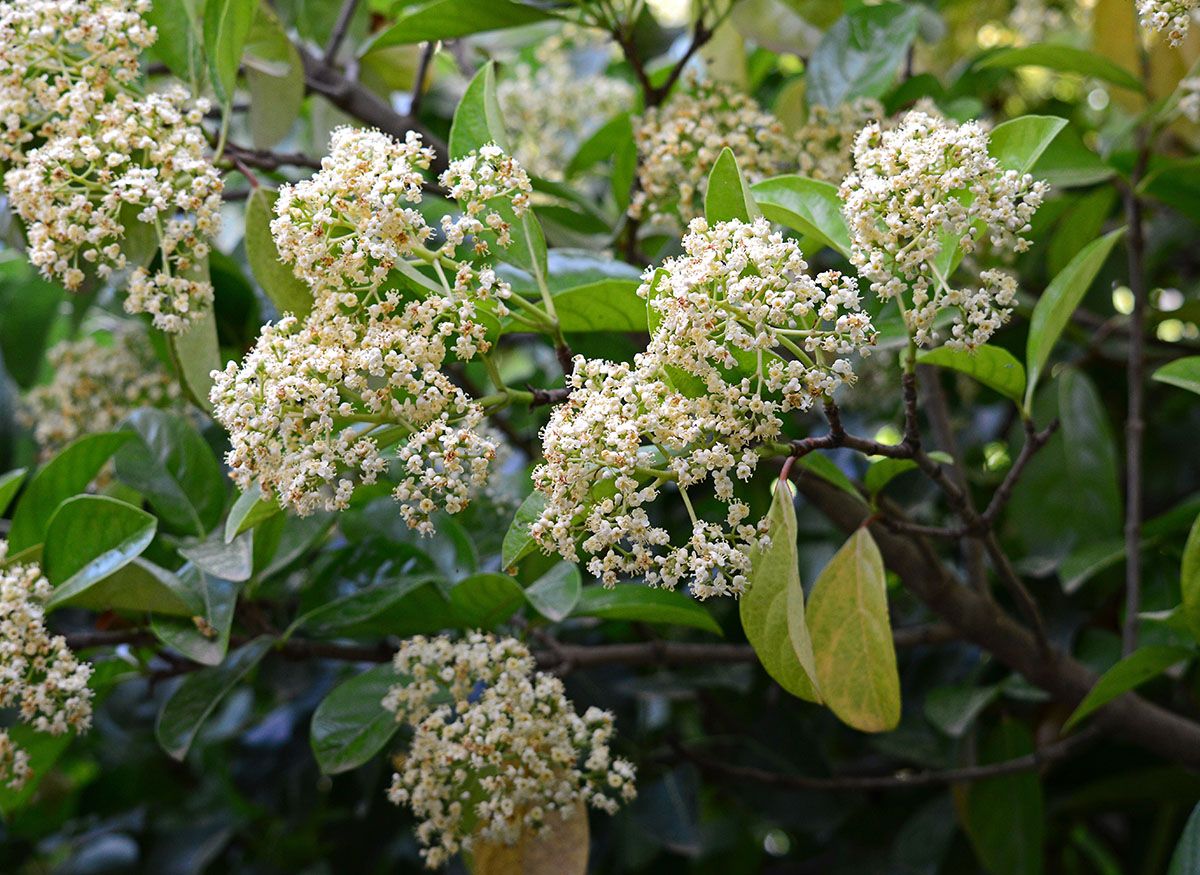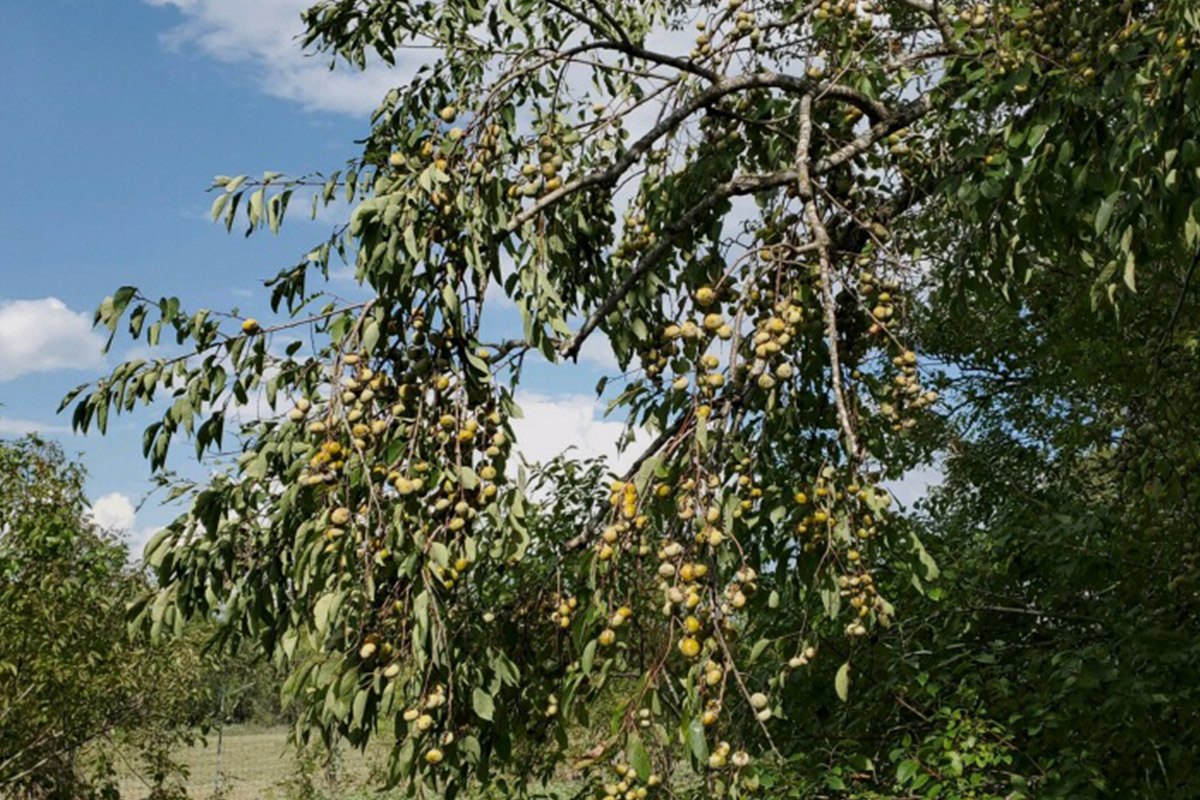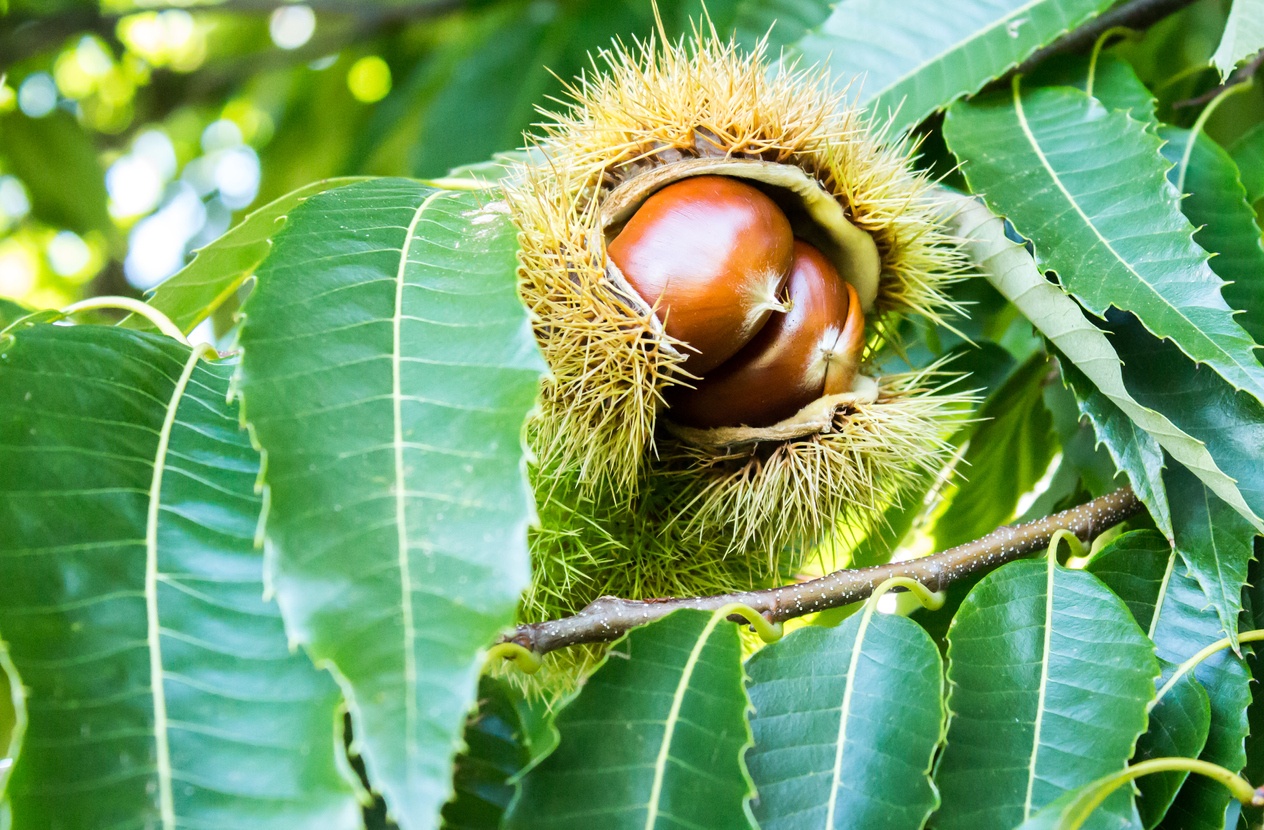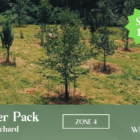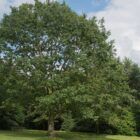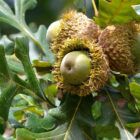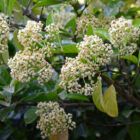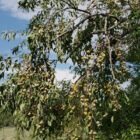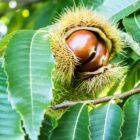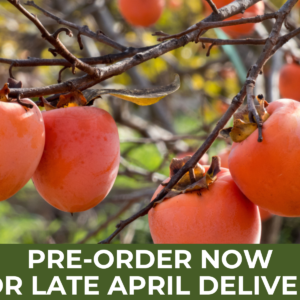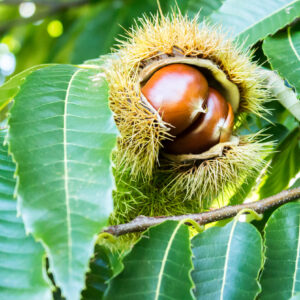Description
Save $85 when you order this Deer Orchard Starter Pack, perfect for attracting deer to your land in Zone 4.
How to Plant Your Deer Orchard
Included in this starter package:
Not only do deer love Chinese Chestnuts, but you will find them tasty as well. They can be eaten roasted, boiled, or sautéed. A prickly 2–3½” seed husk encloses 1-4 nuts and will yield a ripened nut crop from mid to late September all the way through October.
Northern Red Oak – 4x
Getting a Northern Red Oak is a great idea if your plan is to attract and keep deer on your land. Wildtree.co sells Oak Trees to plant.
Honey Locust – 2x
Honey Locust is a medium-sized, fast-growing deciduous tree that has tremendous wildlife value. It performs extremely well in a large range of soil and site conditions, making it a favorite of the Wildtree team.
American Persimmon – 3x
This tree is adaptable to a diverse array of habitats, from the baking hot, dry limestone “Hill Country” of central Texas to moist floodplain margins in central Florida, while also enduring the cold winters in the northern extent of its range from Iowa to southern New England. Over time it will produce shoots from the roots, forming a colony of trunks that provide valuable cover for wildlife. The orange fruit, which can range up to the size of a small plum, begin ripening in fall and are often retained on the tree after leaf drop well into December in southern latitudes.

